- < Experiment 10
-
Experiment 11 v5
- Experiment 12 >
Measuring mass using an improvised weighing scale

Can you find the mass of an object by using water?
Purpose
This experiment gives children an opportunity to practise measuring volume and mass and use their creativity in making an improvised weighing scale.
The child will learn how to construct and use a scale for measuring mass.
You need to know
- how to measure the volume of water using a measuring cup or jug
You will need
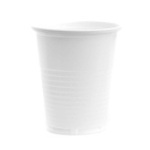


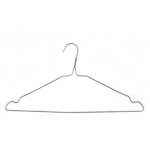
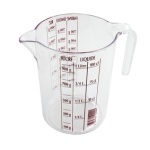
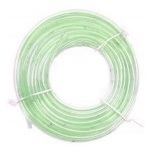

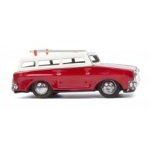

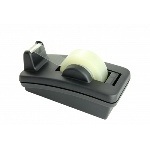
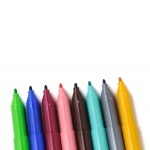
Steps
-
Create your improvised weighing scale as shown.
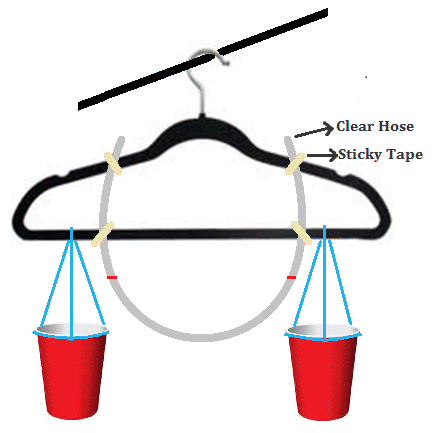
- Make sure that the clear hose is tightly tied into the hanger.
-
Fill the hose with enough water as indicated by the tiny red lines.
Make sure that the water can move freely without getting blocked by a fold in the middle of the tube.
- Mark the water levels with a felt tip pen.
-
Using your improvised weighing scale, a measuring cup and some water, measure the masses of your marbles and toy cars.
Record the results.
Every after weighing an object, check that water levels go back to their original state.
Hint
These marks will tell you whether or not your cups contain objects of equal masses.
Hint
1 litre of water has a mass of exactly 1 kilogram.
Questions
- What is the mass of your smallest toy car?
- What is the mass of your largest marble?
- Of these two objects, which is heavier?
Expected answers
-
This will depend on exactly what is being weighed.
-
This will also depend on exactly what is being weighed.
The important thing is that the child conducts the experiment as accurately as the scale allows.
-
You can check the answer by putting the smallest toy car on one side of the scale and the largest marble on the other side.
Explore further (optional)
- Check the accuracy of your improvised weighing scale by comparing your results with that when a kitchen weighing scale is used.
- Use counters of known mass like pence instead of water.
Tips for further exploration
- You should find that the improvised scale is quite accurate.
- The advantage of using pennies is that you can count them more easily than you can measure a quantity of water.



